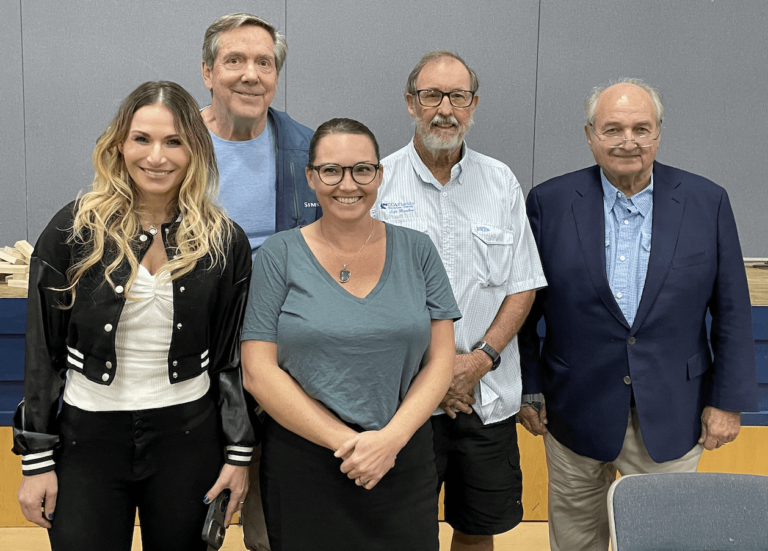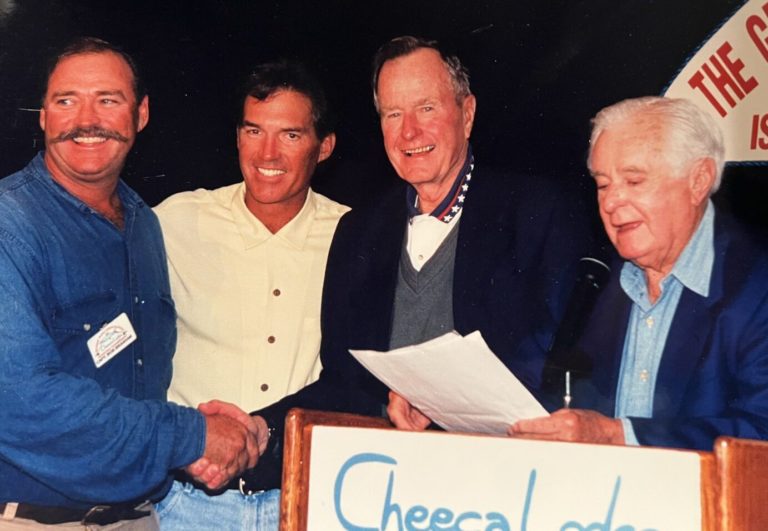Standing on the banks of the San Marcos de Apalache Historic State Park where the Wakulla and St. Marks rivers converge on Florida’s Big Bend, I was struck by the vast and serene sweep of marsh and distant hammocks. This was a Florida that one could, with a modicum of imagination, picture unchanged since the Spanish explorer Panfilo de Narvaez arrived in the area with 300 men in 1528. The peaceful “silence” was unbroken except for the rustle of the reeds in the wind of an advancing front and the occasional sound of a distant outboard motor. The serenity was even more compelling with the knowledge that so many bloody battles had been fought here over the centuries.
The definition of Florida’s “Big Bend” varies according to the source, but in this telling encompasses an area of Florida’s coastline from south of Perry to Apalachicola. This stretch of coastline lacks the barrier islands that most often define the state, fringed instead with a necklace of marshes and cypress hammocks laced with spring-fed rivers. The St. Marks and Wakulla rivers are modern-day reminders of the best of wild Florida. The St. Mark’s National Wildlife Refuge preserves an increasingly rare wild and natural Florida Gulf coastline. Of all these, Wakulla Springs, lined with ancient cypress trees festooned in sinuous Spanish moss, is the jewel in the necklace.

Having gone to college in nearby Tallahassee, I had explored this area years before but, for some reason, had never visited Wakulla Springs. It was even on the short list of places we considered when we got married. That’s why my wife, Chris, and I decided to visit when the “fallout” from Hurricane Ian caused us to change our fall vacation plans. Once again, a cancellation of plans turned into a blessing in disguise.
Native Americans had lived on the lands surrounding the spring for thousands of years before the first explorers arrived. Wakulla Springs is one of the deepest and largest freshwater springs in the world and was purchased in 1937 by financier Ed Ball. Ball had traveled the world and considered the spring and surrounding land to be the most serene place he had visited. He constructed the Wakulla Springs Lodge in 1930s Spanish style as a guest house, hiring craftsmen and artisans and importing the finest U.S. marble from Tennessee. An elegant sanctuary with 27 unique guest rooms was created with a great lobby featuring murals depicting Florida scenes painted on its high ceiling.
Beginning in 1941, filmmakers were attracted to the primordial feel of the property and filmed movies including “Tarzan’s Secret Treasure” (1941) and “Creature from the Black Lagoon” (1954). In 1986, Florida purchased the spring and property and it became a state park.
Today, visitors can swim with manatees where mastodons once roamed and take guided boat tours where dugout canoes once paddled the river. During our tour, we encountered alligators, numerous fish, manatees and an assortment of birds.
A visit to the lodge is a step back in time with its period furniture, original elevator and rooms absent the ubiquitous television. We found the ambiance of the period lodge and grounds extremely relaxing and were grateful for the absence of the television, though Wi-Fi is available. The food in the restaurant was excellent and the natural amenities that surround the area were a bonus.
After almost six decades in Florida, it was refreshing to return to a place both familiar and new, where Florida could be experienced with “new eyes.” Go online for more information and see the video here.



